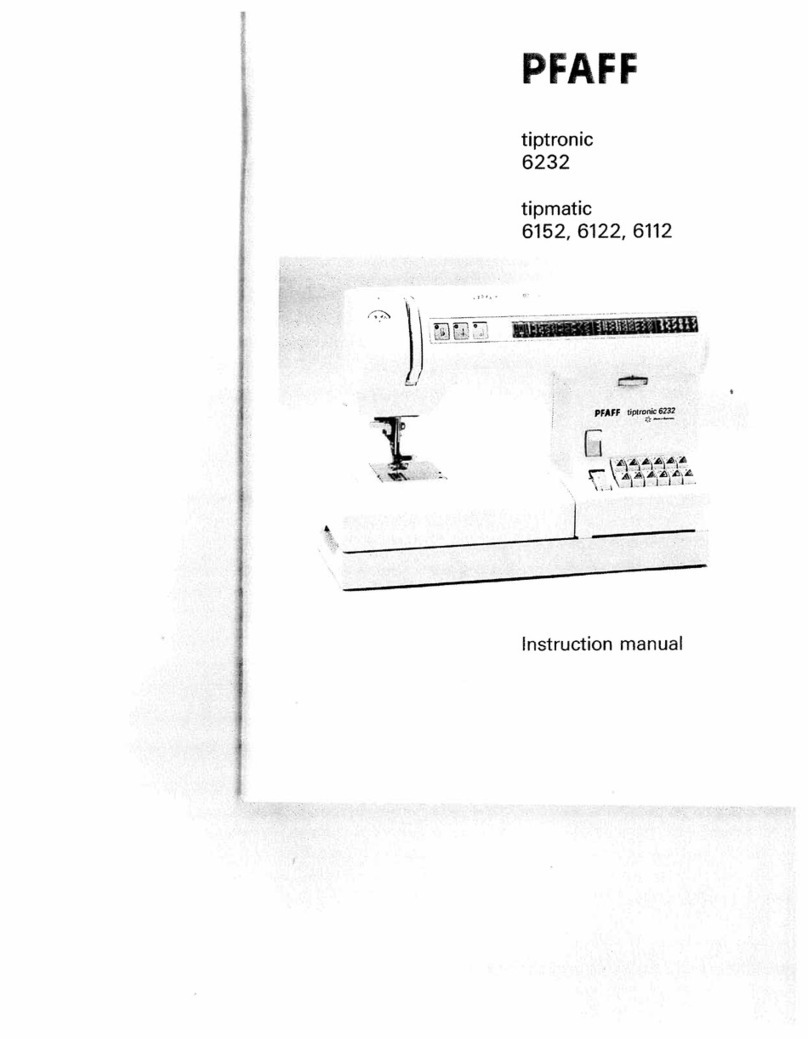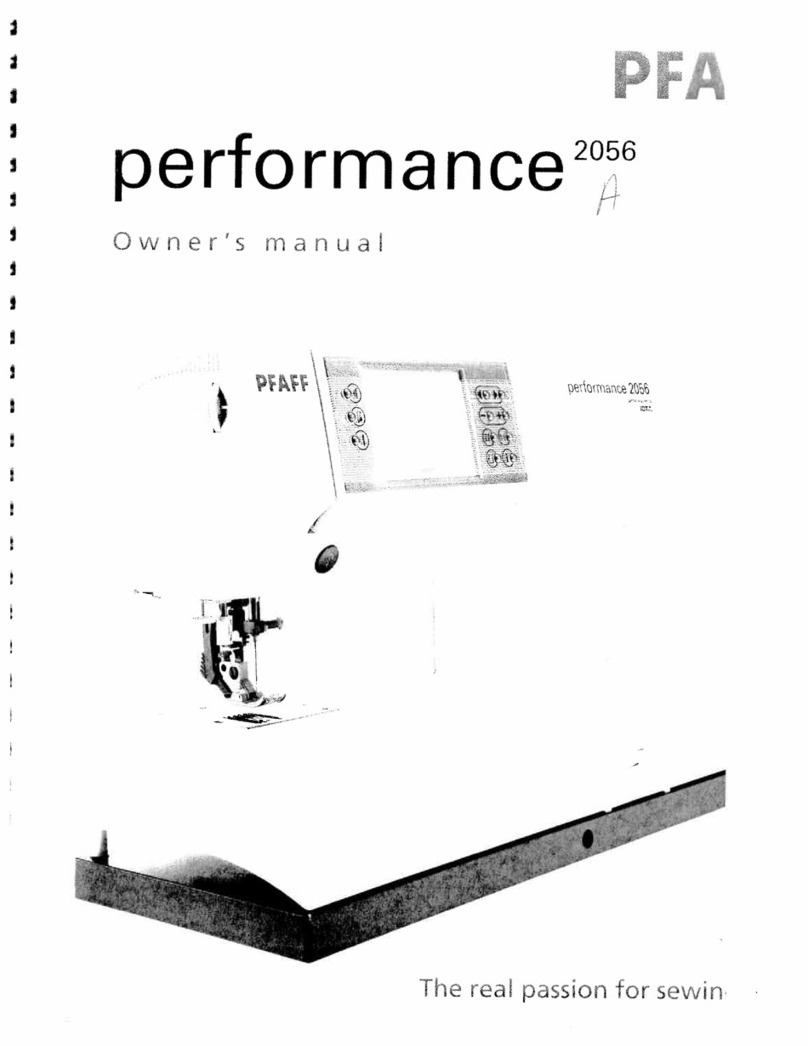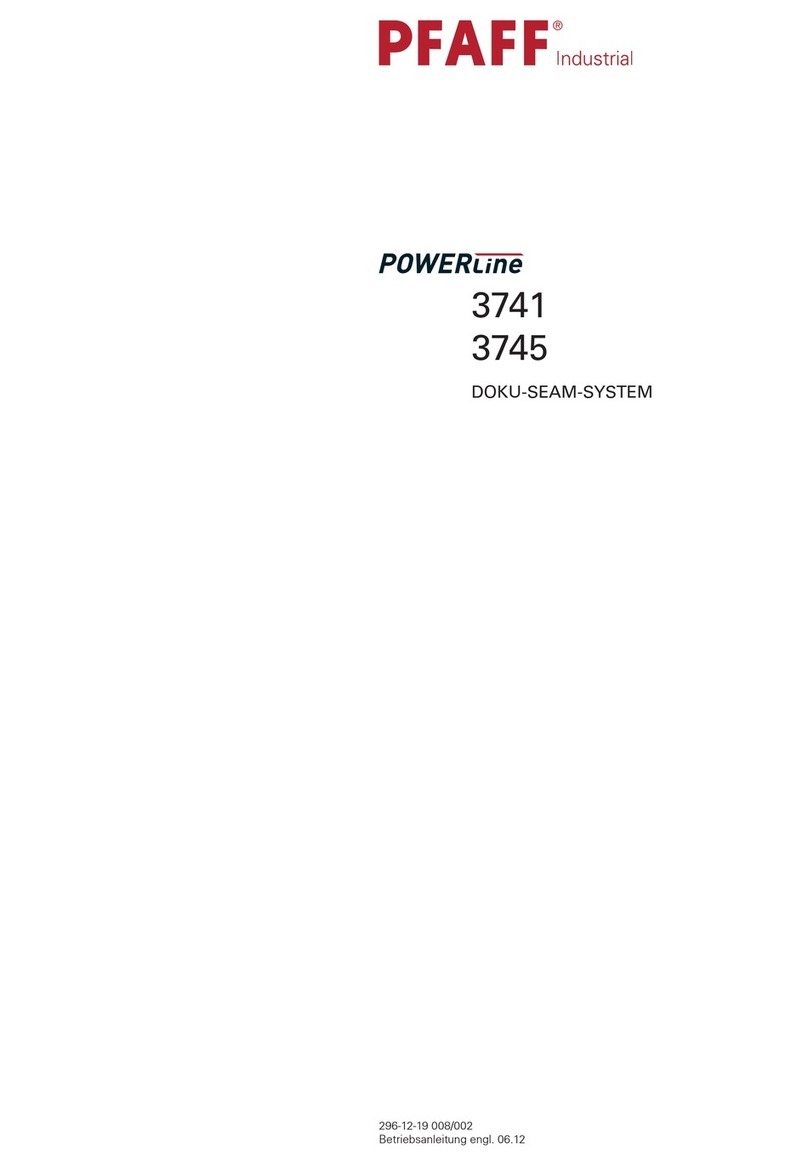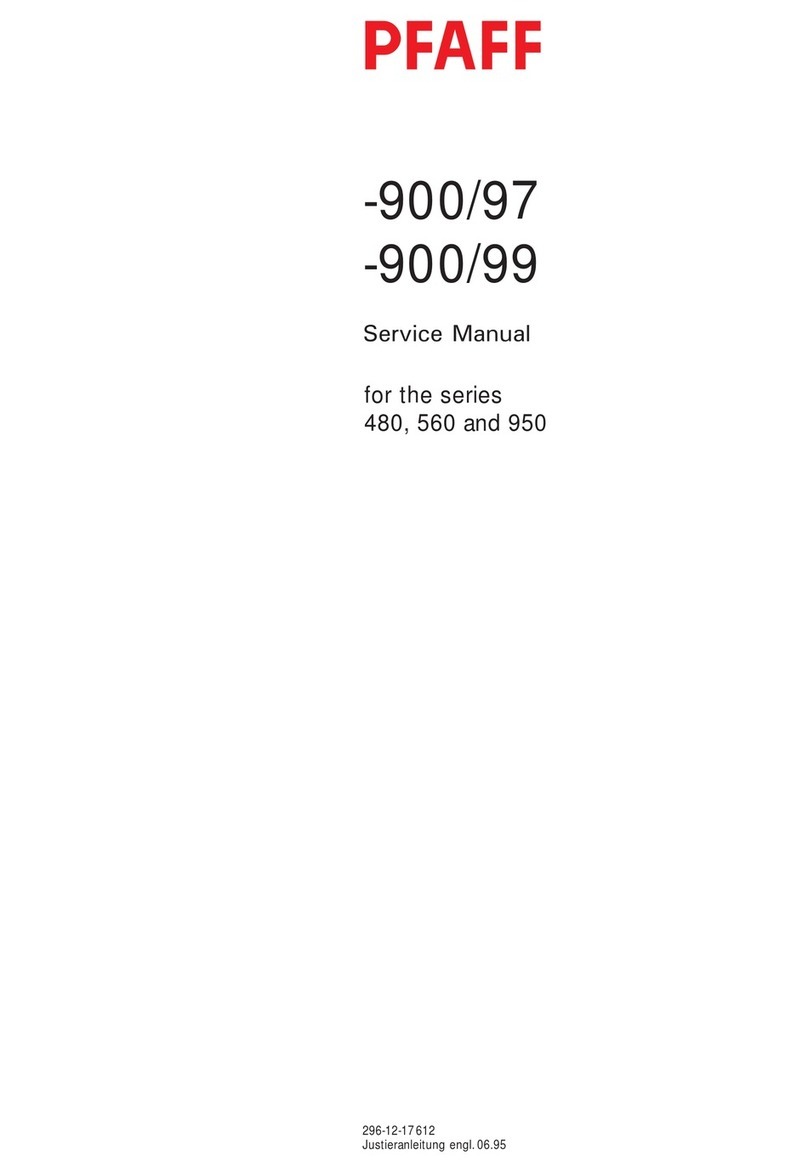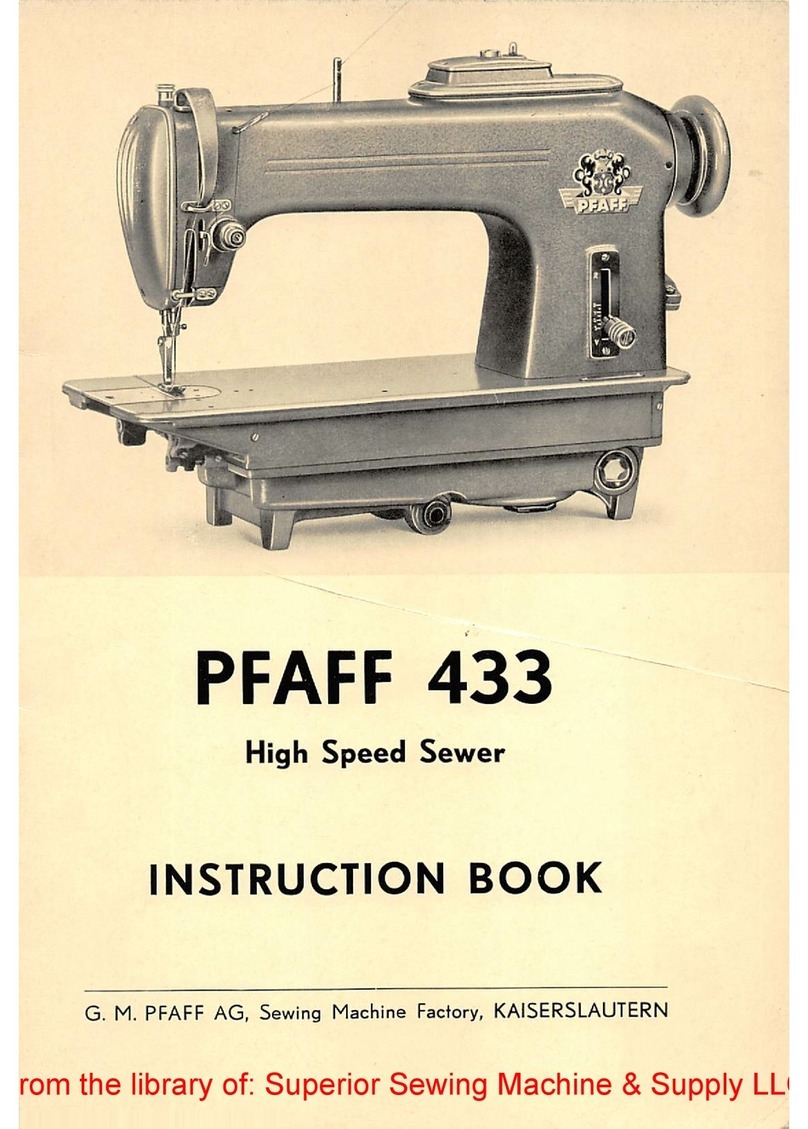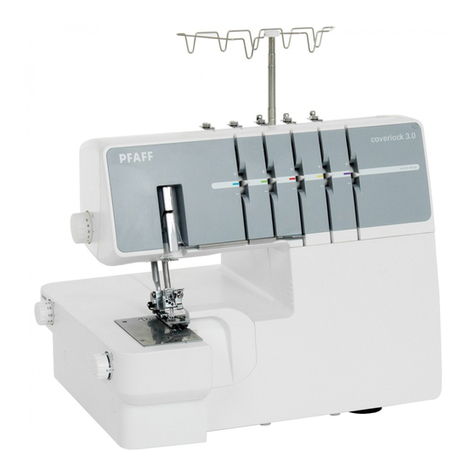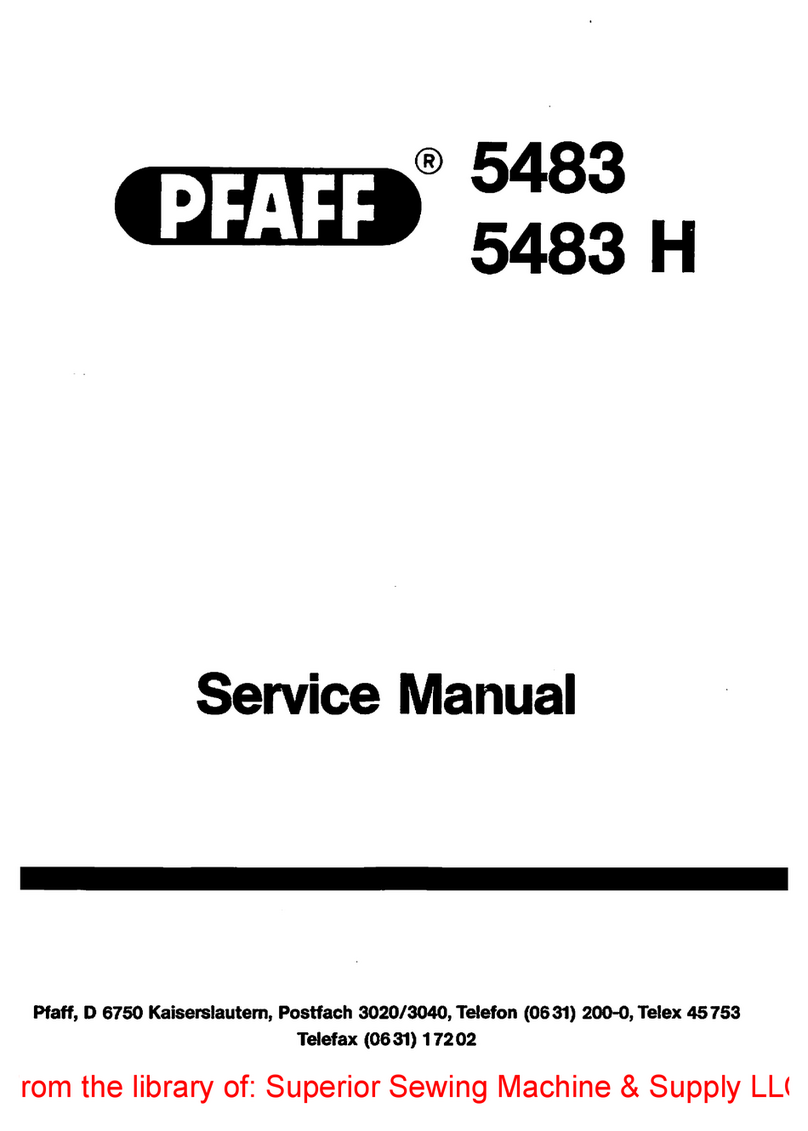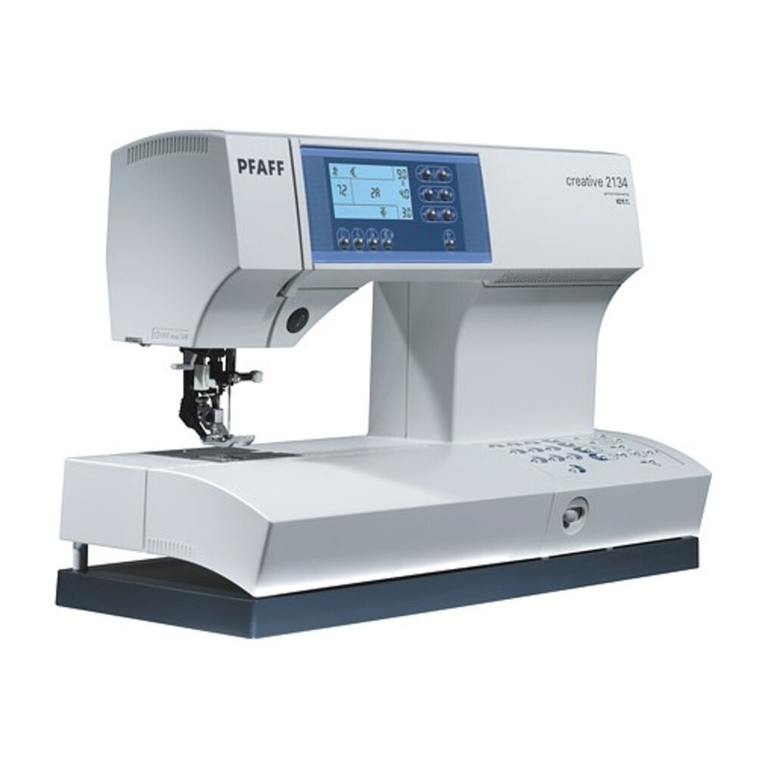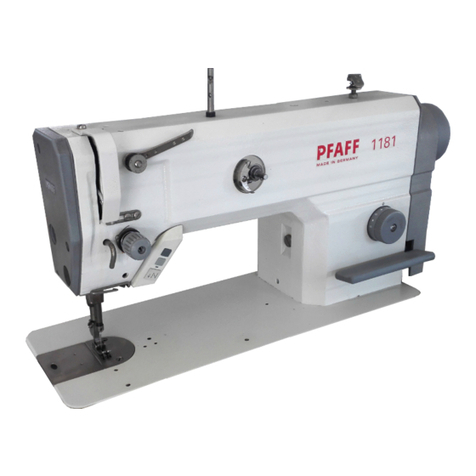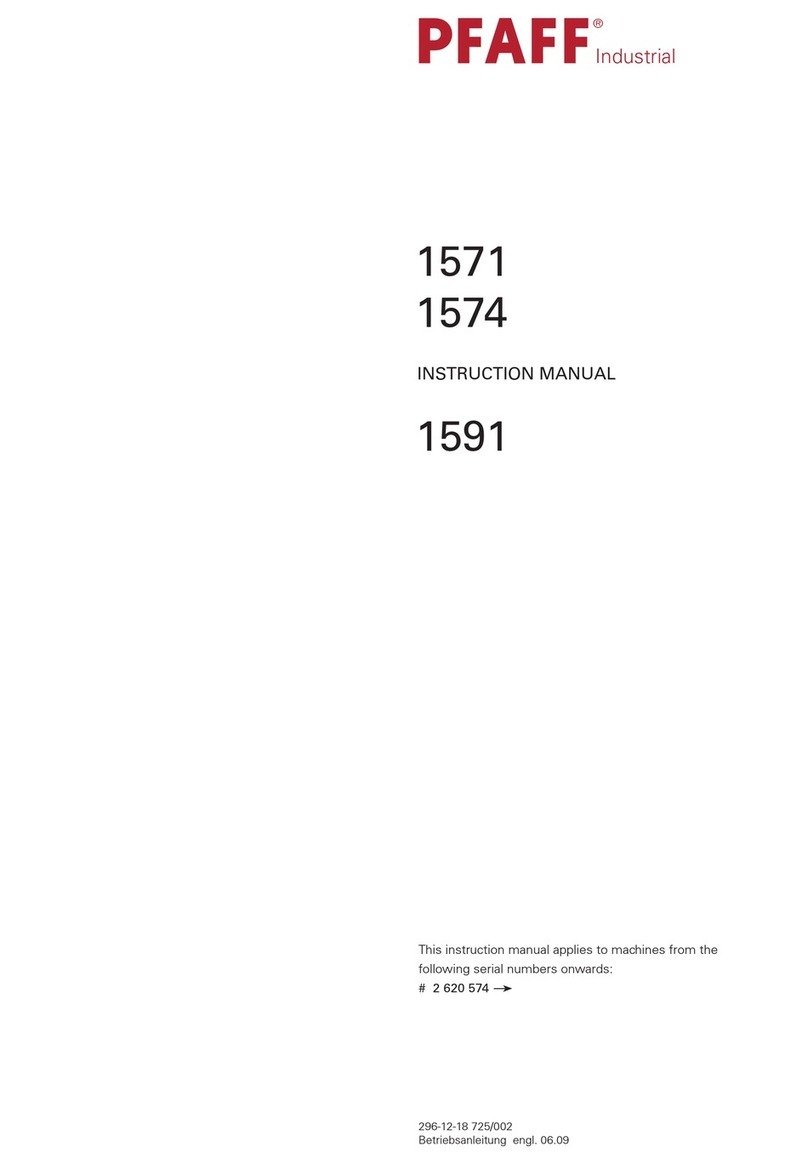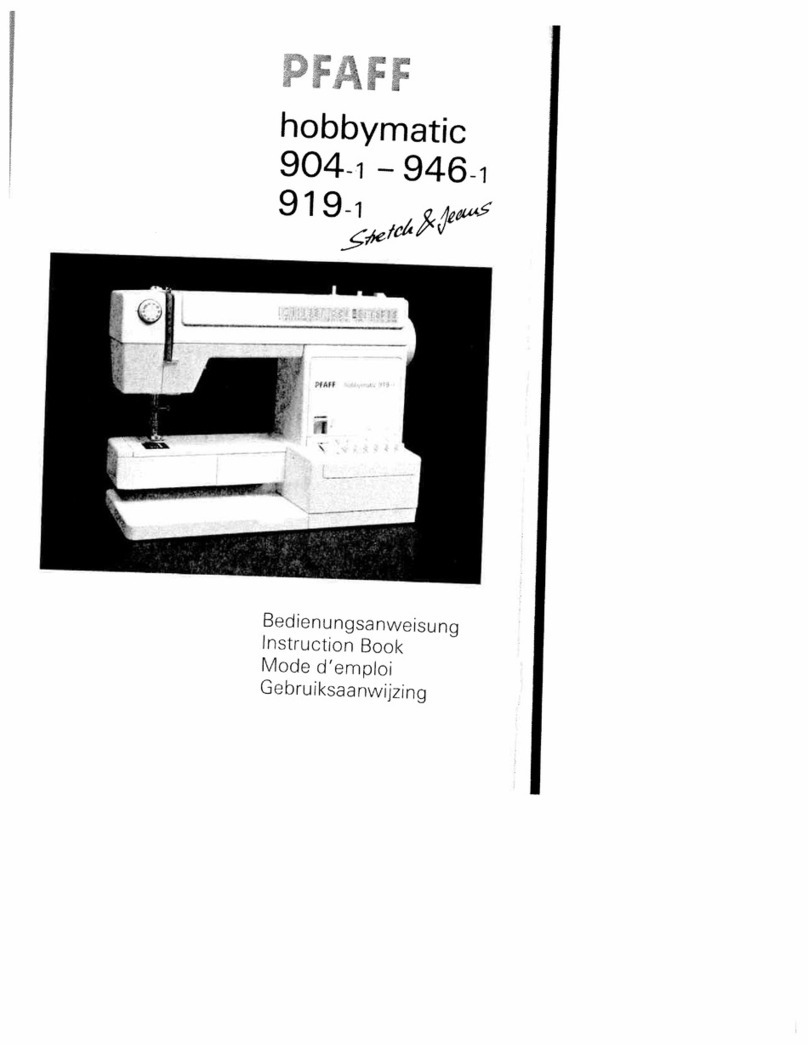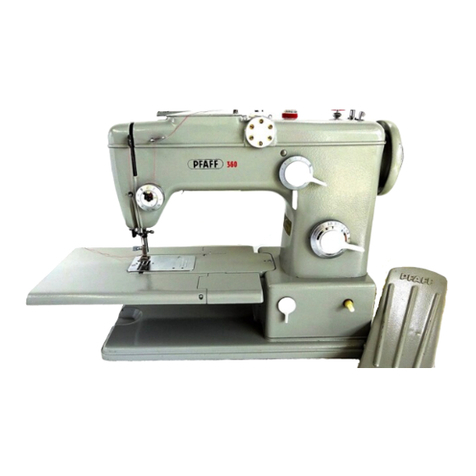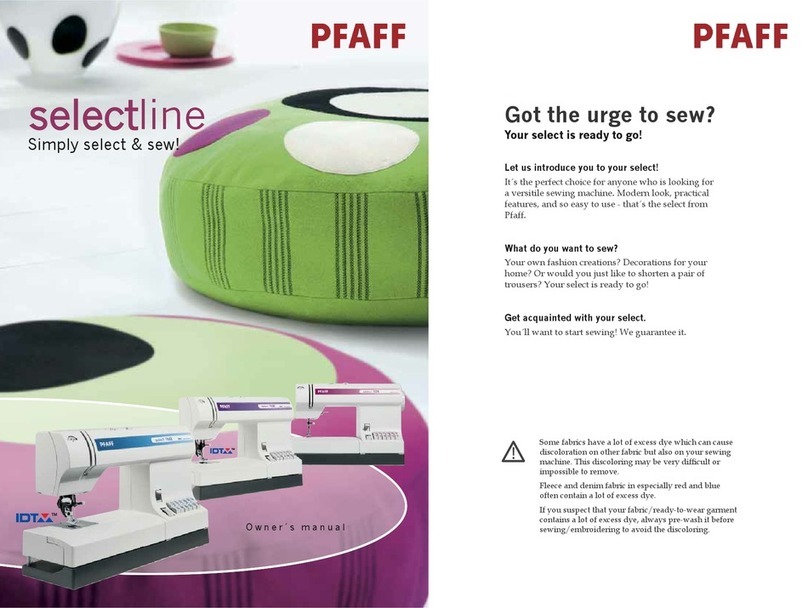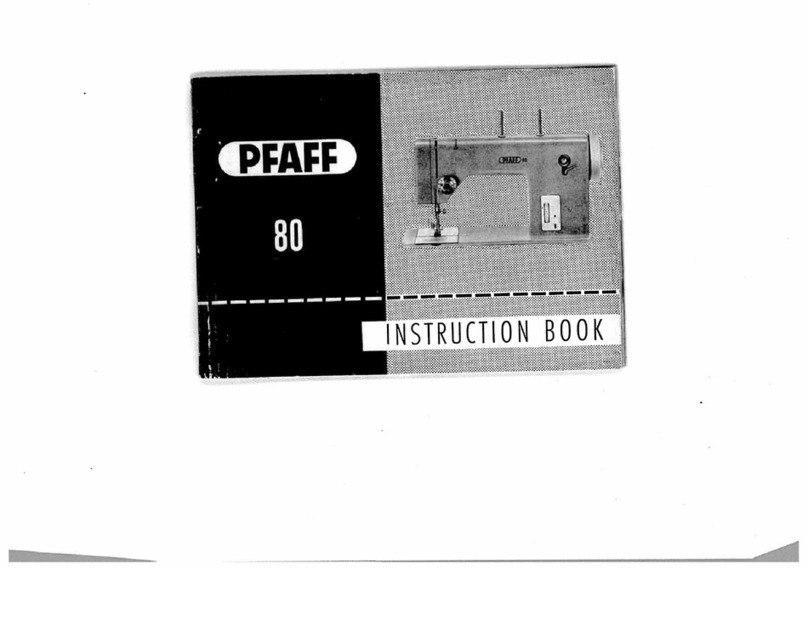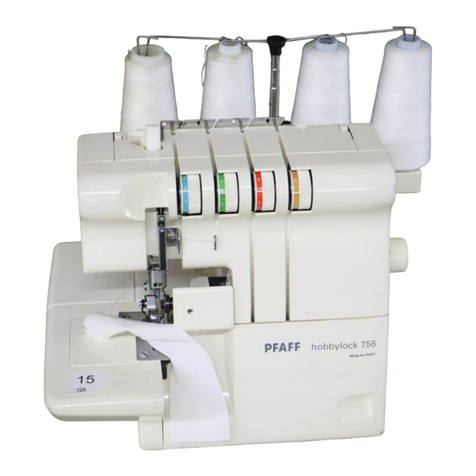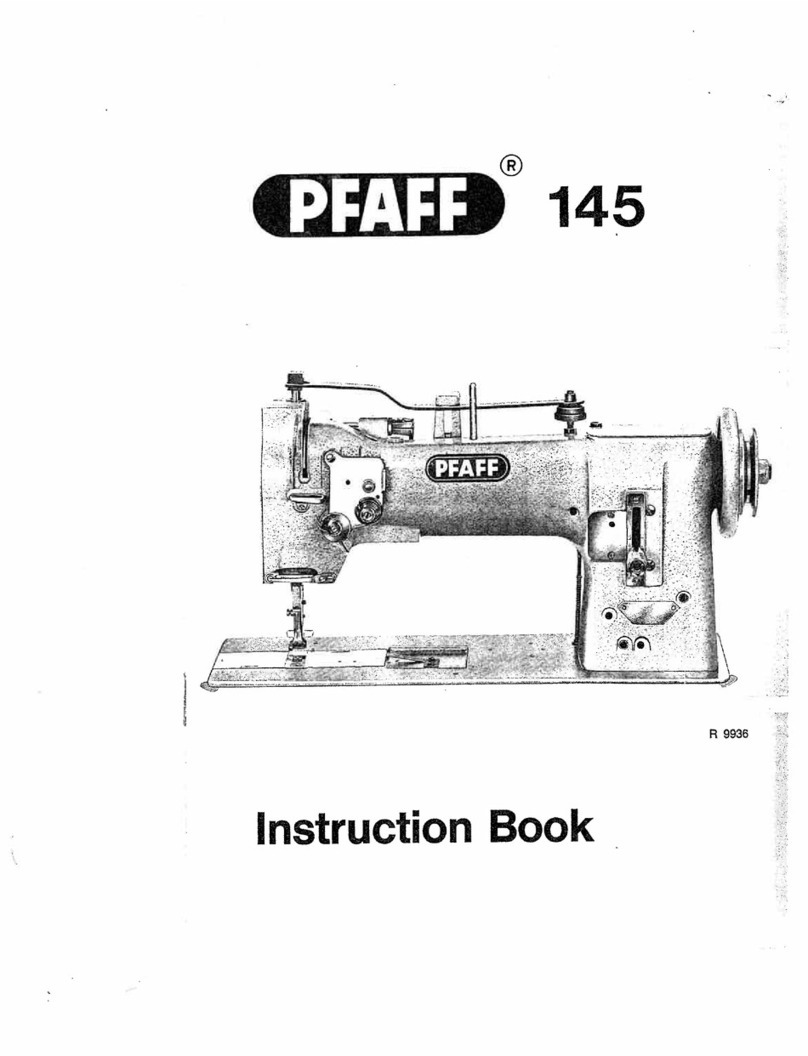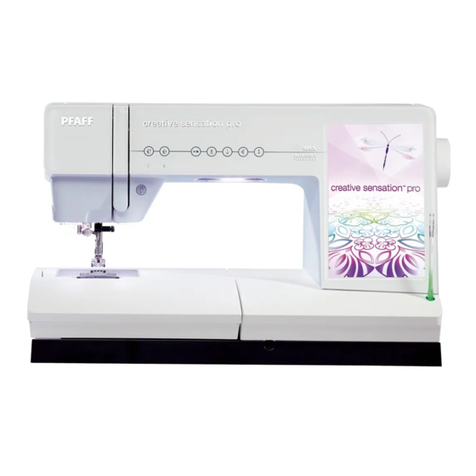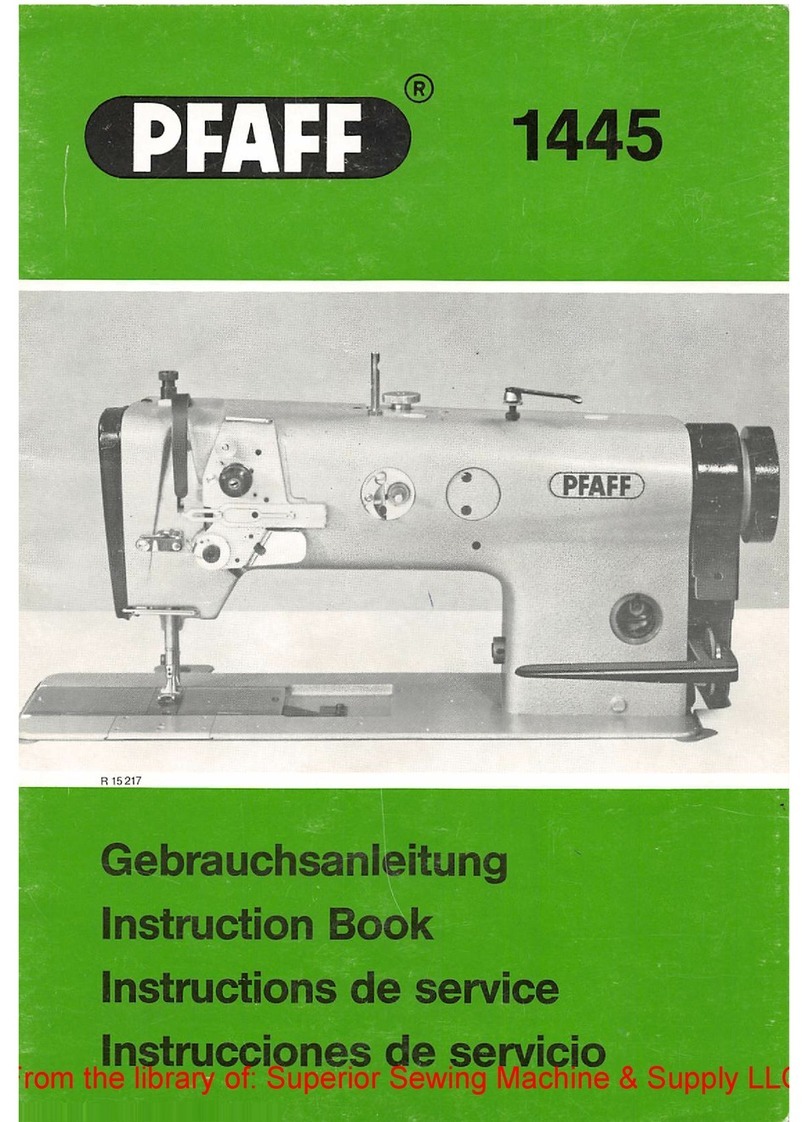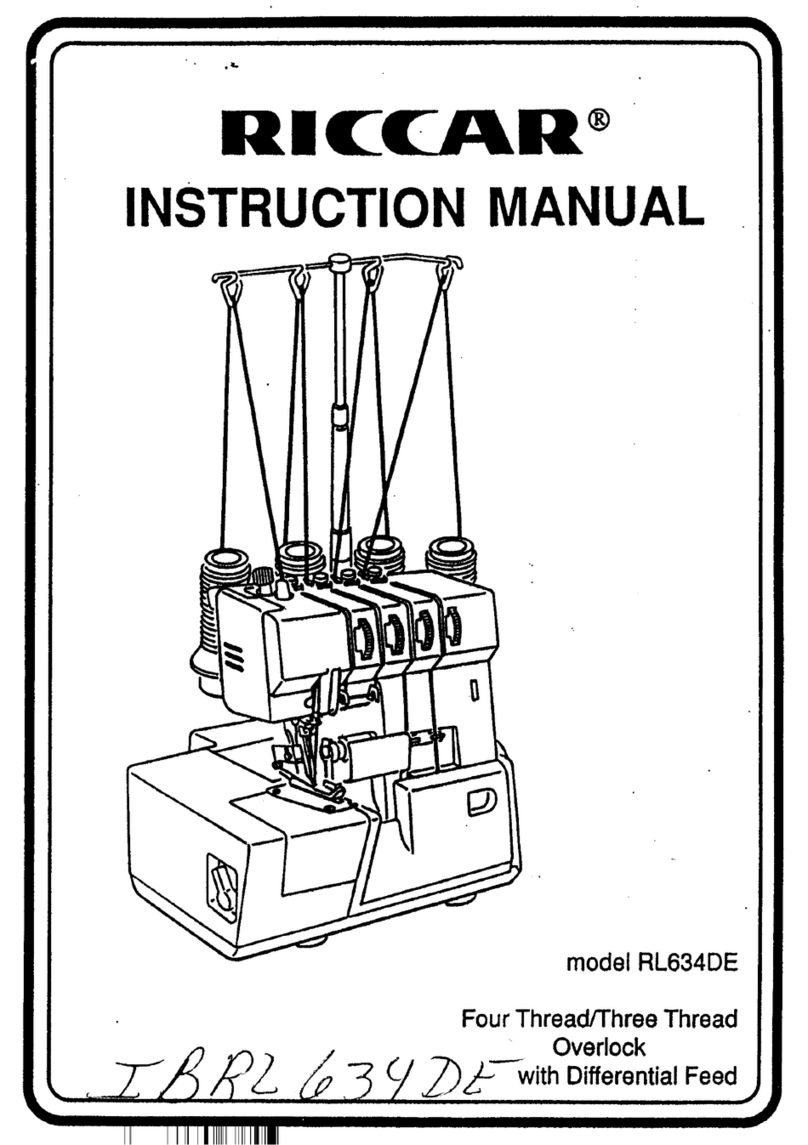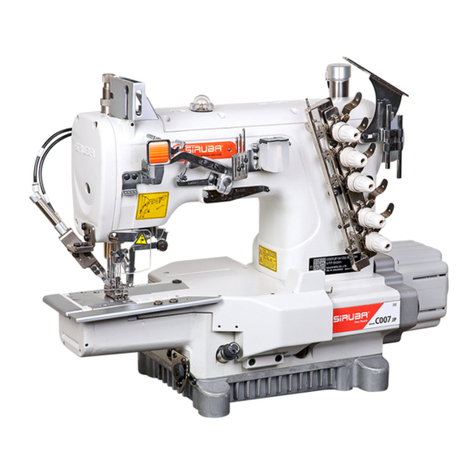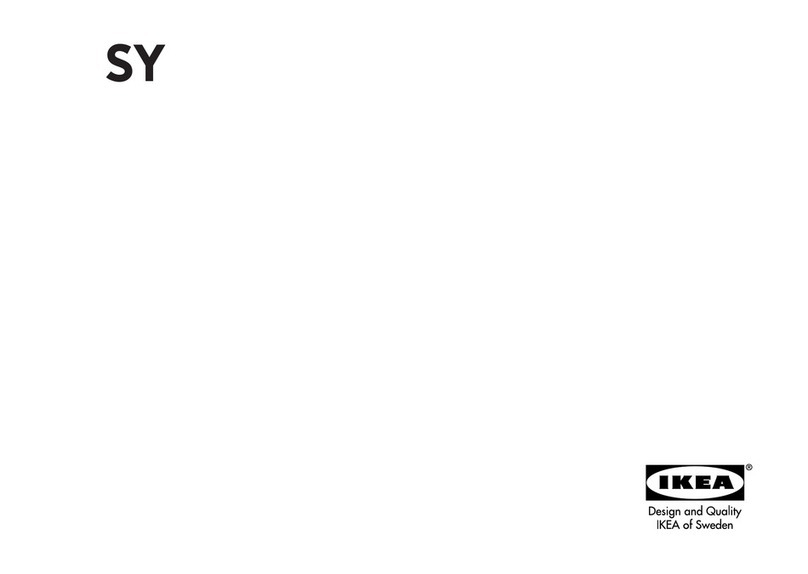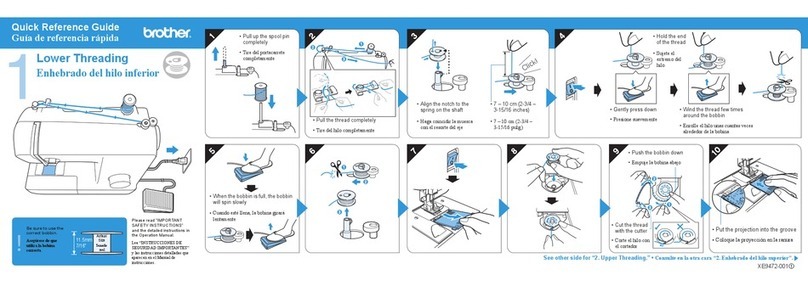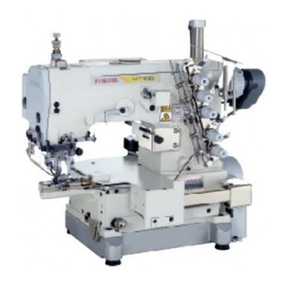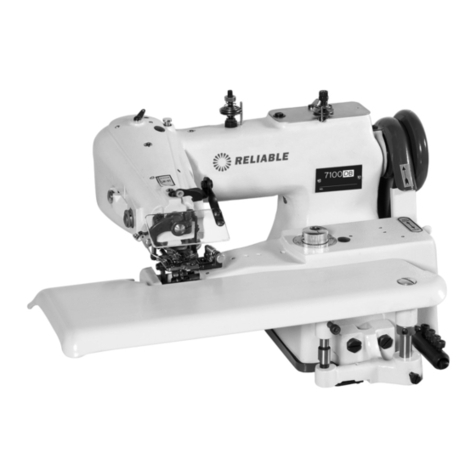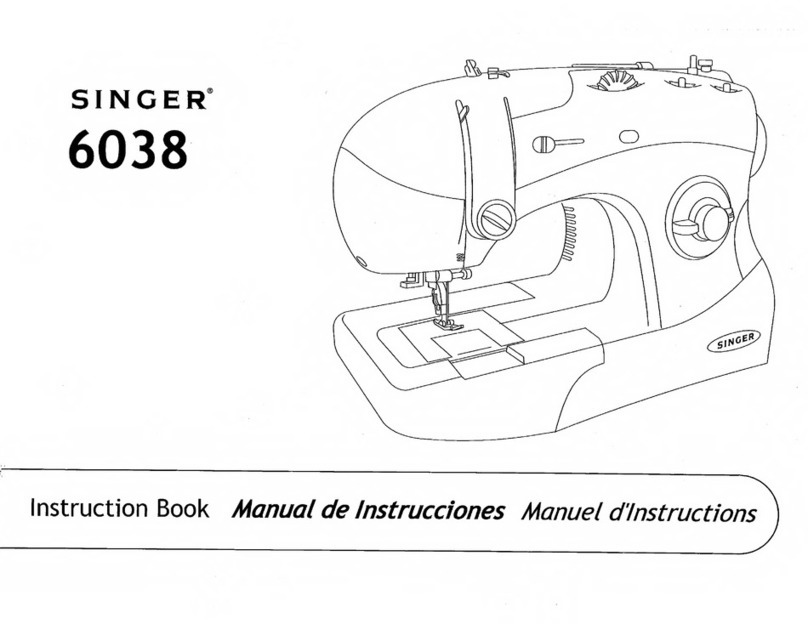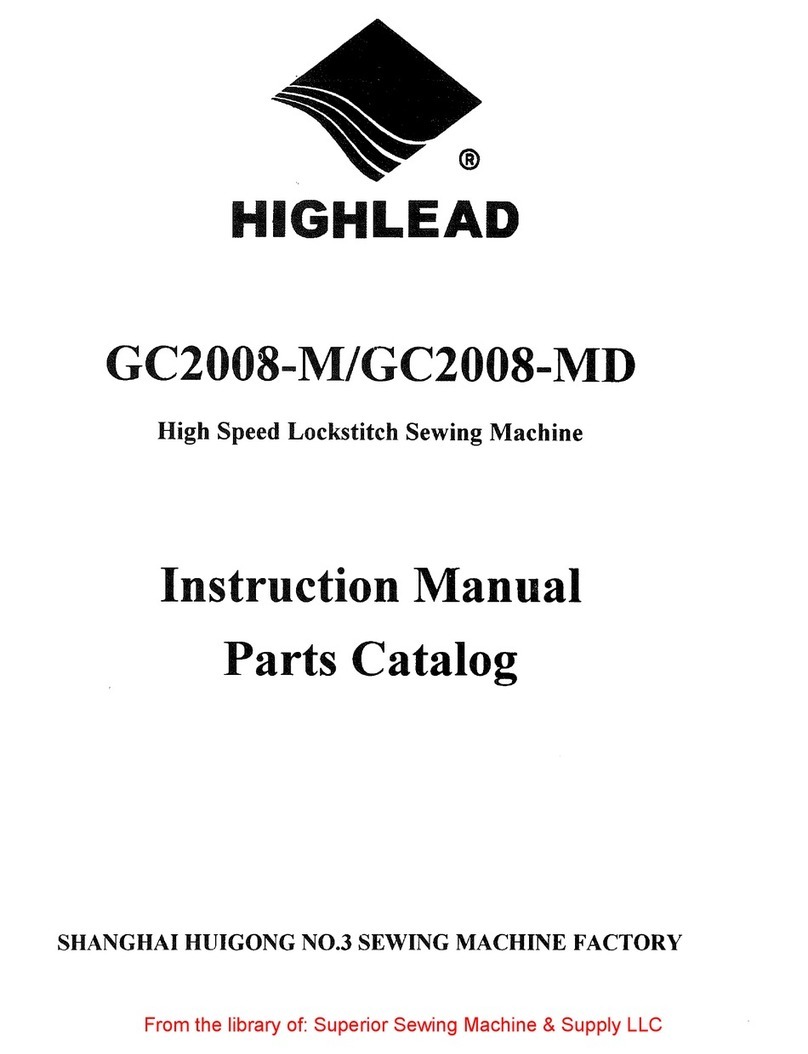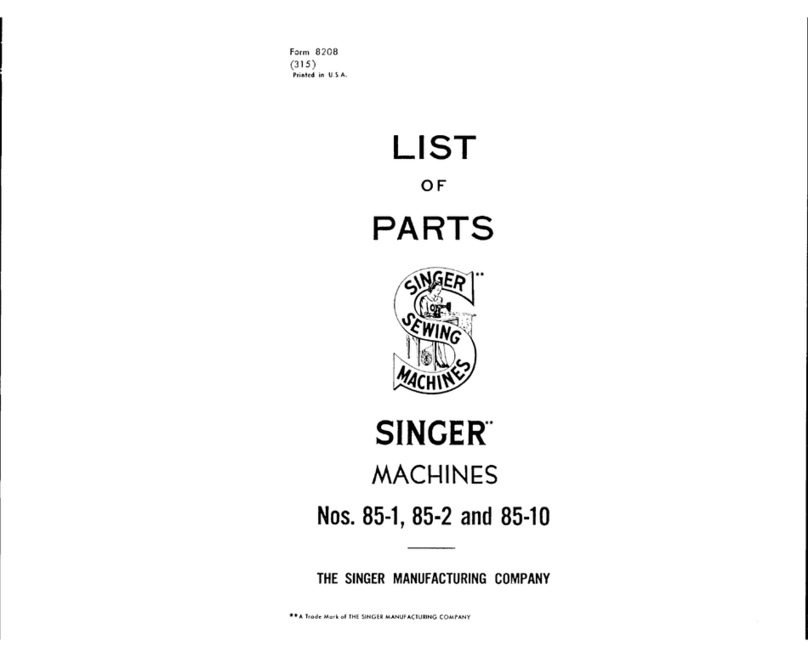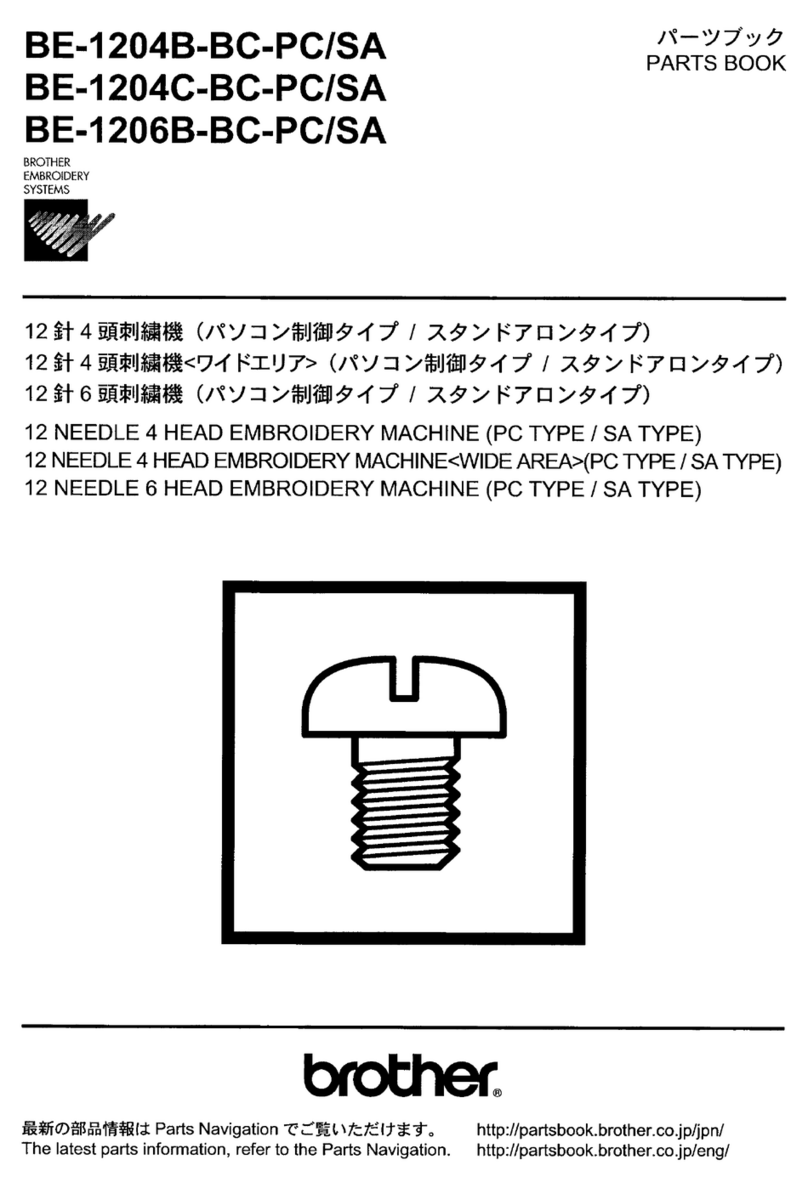
Index
Contents ..................................................................................Page
8.01.03 Fitting the reel stand ............................................................................................................ 20
8.02 Fitting the flange motor ....................................................................................................... 21
8.03 Fit the belt guard of the flange-motor.................................................................................. 21
8.01.06 Fitting the tilt lock................................................................................................................. 22
8.01.07 Connecting the plug-in connections and earth cables ......................................................... 22
8.02 Commissioning .................................................................................................................... 23
8.03 Switching the machine on/off ..............................................................................................24
8.04 Basic position of the machine drive unit ............................................................................. 24
8.04.01 On machines with EcoDrive and control unit P40 ED ......................................................... 24
8.05 Mounting/connecting the start inhibitor............................................................................... 25
8.06 Table top cutout ................................................................................................................... 26
8.07 Table top assembly .............................................................................................................. 27
9Preparation ........................................................................................................................ 28
9.01 Inserting the needle............................................................................................................. 28
9.02 Winding the bobbin thread, adjusting the thread tension.................................................... 29
9.03 Removing / Inserting the bobbin case ................................................................................. 30
9.04 Threading the bobbin case, adjusting the thread tension .................................................... 30
9.04.01 PFAFF 937 U without thread trimmer.................................................................................. 30
9.04.02 PFAFF 937 with thread trimmer........................................................................................... 31
9.05 Threading the needle thread / Adjusting the needle thread tension .................................... 32
9.06 Setting the zigzag stitch and the stitch position................................................................... 33
9.07 Adjusting the stitch length ................................................................................................... 33
9.08 Adjusting the top feed (on machines without -918/14) ........................................................ 34
9.08.01 Sewing without fullness ...................................................................................................... 34
9.08.02 Applying fullness constantly ................................................................................................ 34
9.08.03 Applying fullness intermittently ........................................................................................... 35
9.08.04 Constant stretching of the lower material ply ...................................................................... 35
9.09 Adjusting the top feed (on machines with -918/14).............................................................. 36
10 Care and maintenance....................................................................................................... 37
10.01 Servicing and maintenance intervals ................................................................................... 37
10.02 Cleaning the machine .......................................................................................................... 37
10.03 Lubricating the hook ............................................................................................................ 38
10.04 Oiling the zigzag drive.......................................................................................................... 39
10.05 Checking/adjusting the air pressure .................................................................................... 40
10.06 Cleaning the air filter of the air-filter / lubricator .................................................................. 40
11 Wearing parts ..................................................................................................................... 41
